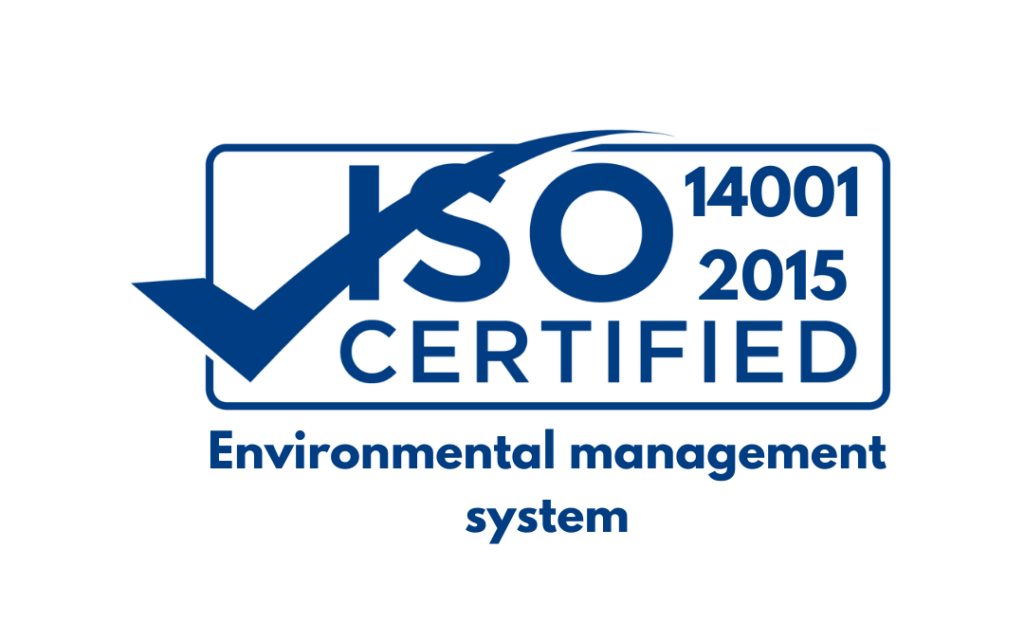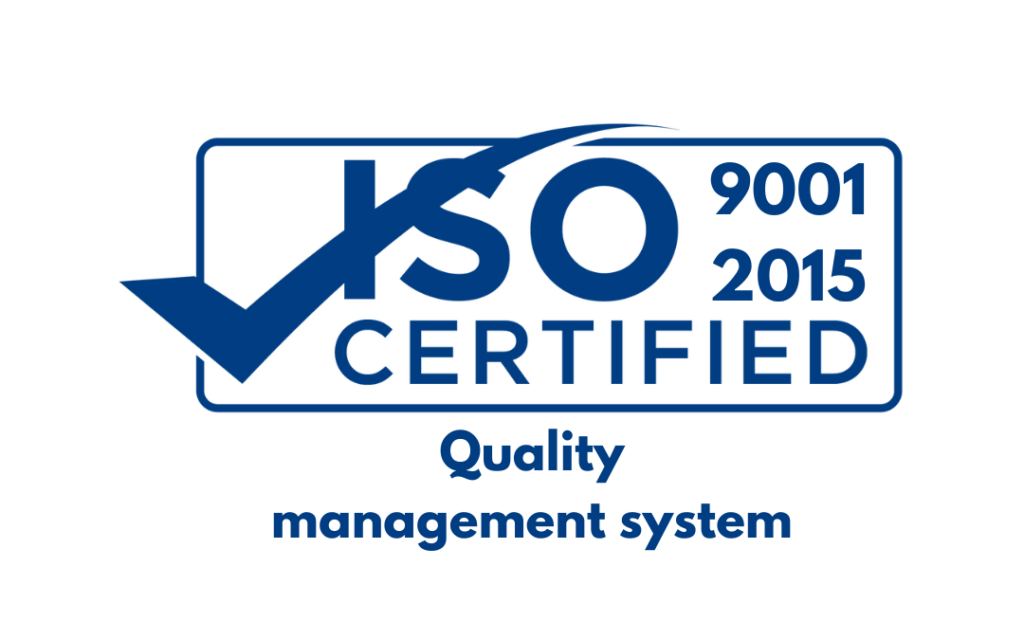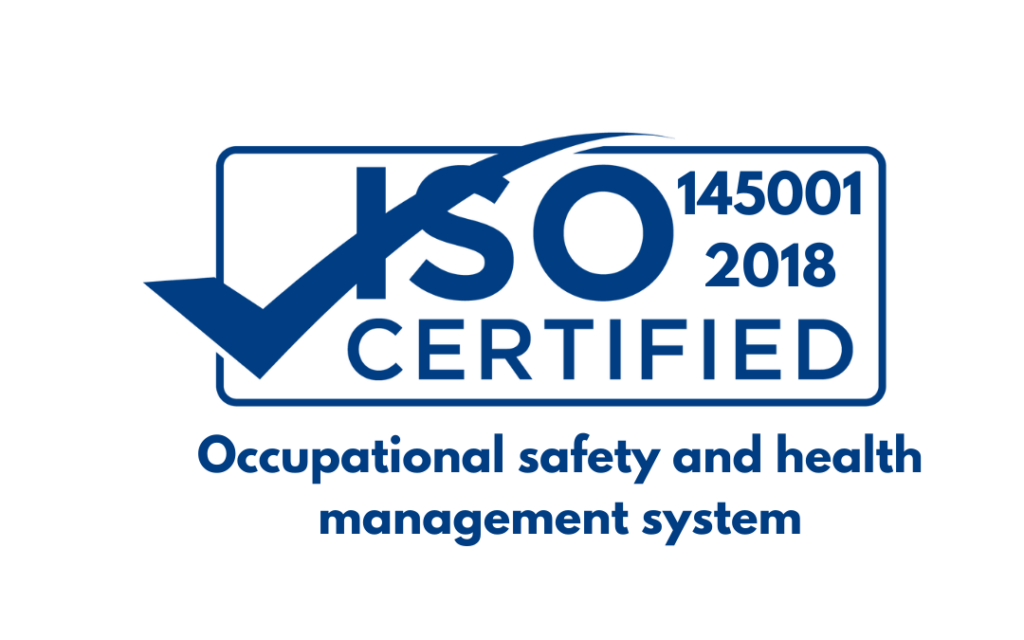These industries require strict adherence to hygiene and safety standards, and conveyors are designed to meet these requirements. Here’s how conveyors are used in the food and sugar industry:
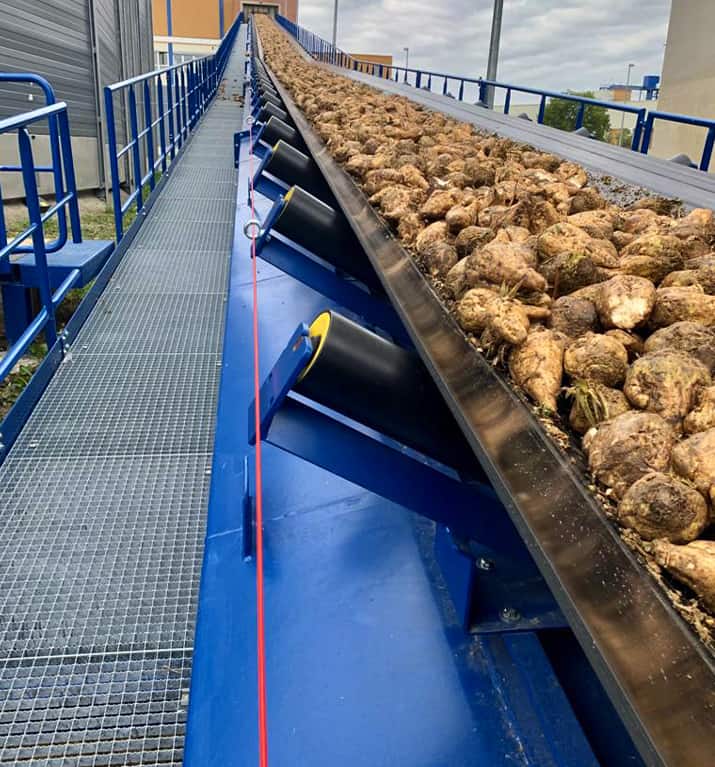
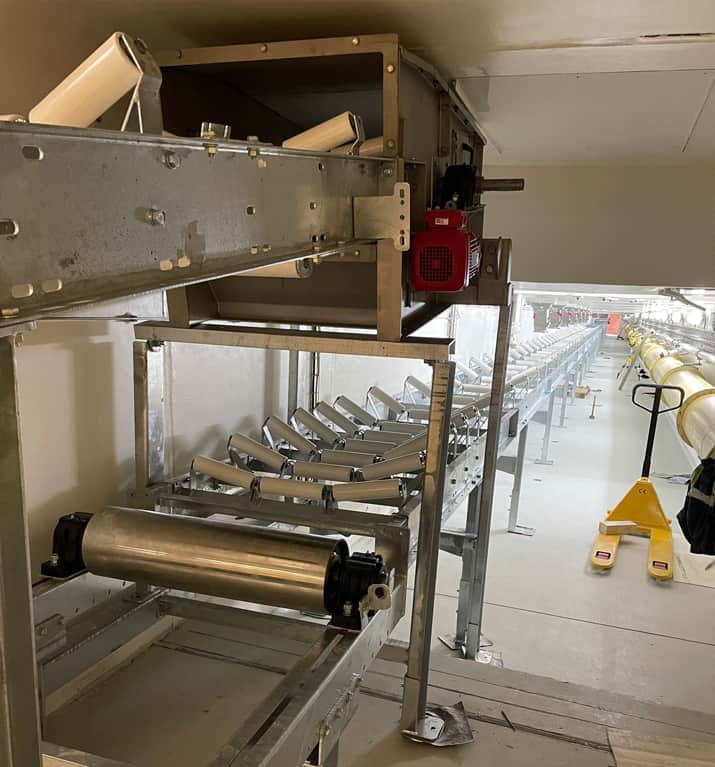
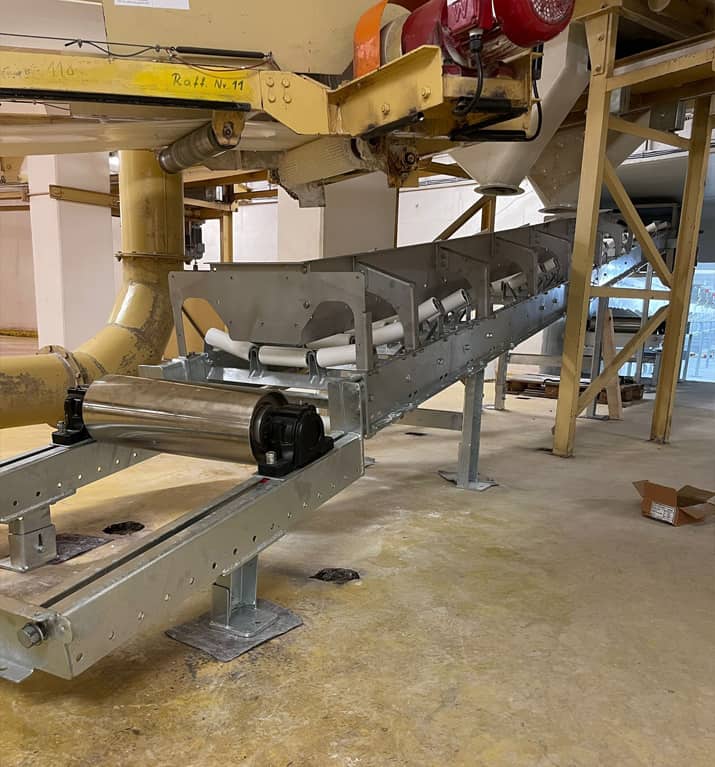
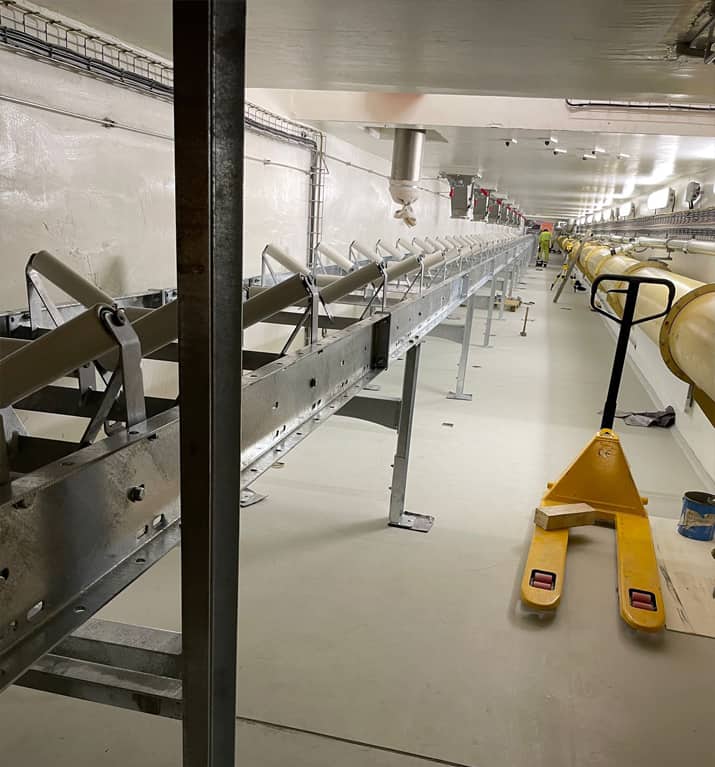
In sugar mills, conveyors transport sugar cane from the fields to the milling area, where the cane is crushed to extract the juice. This initial handling process is crucial for efficient sugar production.
Conveyors move the extracted sugar cane juice through various stages of processing, including clarification, filtration, and evaporation, to produce concentrated juice.
Sugar syrup is transported through a series of conveyors and evaporators to promote crystallization. These conveyors are designed to handle high temperatures and corrosive environments.
After crystallization, conveyors transfer the sugar crystals to centrifuges for separation from the molasses. Sugar conveyors must be robust to handle the abrasive nature of sugar crystals.
Conveyors are used to move sugar to packaging machines, where it is weighed, bagged, and prepared for distribution. In sugar refineries, conveyors also transport packaged sugar to storage silos or containers.
Conveyor systems in the food industry are designed to be easy to clean and maintain to prevent contamination. They often feature stainless steel construction and are equipped with washdown capabilities.
Both in the food and sugar industry, conveyor systems help streamline production, reduce manual handling, maintain product quality, and ensure compliance with stringent safety and hygiene standards. These industries rely on conveyor technology to deliver their products efficiently and safely to consumers.
